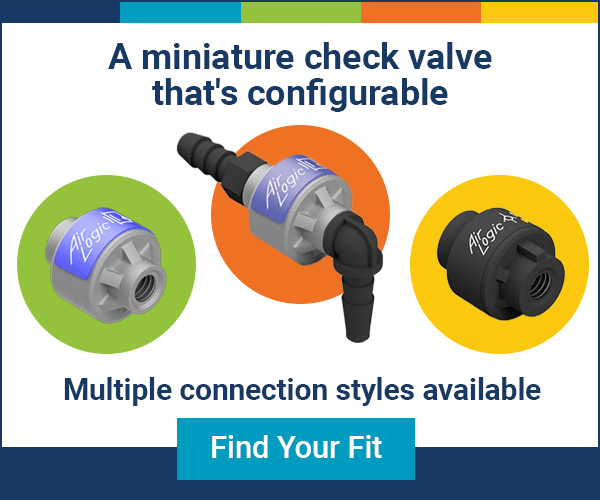What Does OEM Parts Mean for Manufacturing?
Last Updated: February 8, 2023
Quality component parts: OE, OER, OEM and ODM and what they mean
 Summary:
Summary:
OEM stands for Original Equipment Manufacturer. Most often, OEMs purchase parts from other manufacturers or suppliers and use them to assemble their finished products. OEMs also make parts and sub-assemblies that are resold to other companies who assemble them into their own finished products.
Introduction
The acronym OEM has come to be associated with product engineering and manufacturing, sub-assembly manufacturing (especially automotive and electronics) and even component manufacturing.
OEM manufacturers design, engineer and manufacture complete products and systems. Some OEMs also manufacture sub-assemblies or component parts. Other manufacturers purchase these and assemble them into their products. It is not unusual for OEMs to perform all of these functions: parts manufacture, sub-assembly and final production.
There are also types of manufacturers that are described as ODMs (original design manufacturers). ODMs assemble or design and assemble component parts into complete products. These finished products are then branded with the names of other companies who distribute the finished products.
How OE and OEM parts are similar but still different
Original equipment parts (OE parts) are parts installed when a finished product or sub-assembly is manufactured. Technically then, an OE part is available only as a component inside a complete new product or system. Calling something an OE part with this meaning is not very common though.
More frequently, calling a component an OE part identifies it as a part that is also available for purchase independent of the finished product or system it has also been built into. When used this way, OE part and OEM part have essentially the same meaning.
How are OCM and OEM parts similar?
Another type of named part that shows up, especially in foodservice maintenance is OCM parts. OCM (Original Component Manufacturer) or direct source parts are parts sold through equipment manufacturer networks of distributors and authorized service providers. These parts are the same exact parts used in the original equipment. This means that describing a component an OCM part is essentially the same thing as saying it is an OEM or OE part.
OCM parts are also sometimes called original parts. In these cases, original parts identify components that are essentially OER or original equipment replacement parts and may not actually be identical to OEM parts.
How are OE replacement parts (OER parts) different?
From a manufacturer’s perspective, any component is considered a spare part if it has not been first installed in an original product. An OER part may or may not technically be considered an OEM part. OER parts are usually similar enough though that they are essentially the same as OEM parts.
What are genuine parts?
In some industries, there are also parts described as genuine parts. Genuine parts are usually leftover parts from production runs. They are packaged and resold as replacement parts by the OEM.
Genuine replacement or genuine manufactured parts are a little different from genuine parts. Genuine replacement parts are usually parts made available after a product production run has ended but they are not leftover parts. Instead, they are usually identical or nearly identical to the original OEM parts and are frequently made by the same OEM parts supplier.
Genuine replacement parts, in many ways, are like any other spare parts and come from the manufacturer of the original finished product. They are more likely to be of the same quality as OE parts even if they are not identical to them.
What do aftermarket parts mean for flow control and fluid management?
Parts described as aftermarket parts are most commonly associated with automotive and personal electronics. Aftermarket in these cases as well as in the more general maintenance and repair world identifies parts as being made by a 3rd party. They are not made by the same factory as the OEM or OCM part.
In these cases, quality can vary, so it is important to confirm a component manufacturer's reputation and commitment to engineering excellence. This is especially true for air and gas flow control and fluid management applications.
Conclusion
OEMs, ODMs and OE parts are key to the development, design, manufacture of industrial and commercial products and the component parts used to make them. The quality of OEM component parts and industry standards ensure proper performance. Engineers, MROs (maintenance, repair and operations) and procurement professionals also rely on OEM manufacturing and engineering expertise. This technical knowledge is often provided in partnership with distributors. This know-how helps make sure that the parts and sub-assemblies used in finished products perform as designed.
Resources
- Original Equipment Manufacturer – OEM from Investopedia
- OEM (original equipment manufacturer) from TechTarget
- OEM vs. Non-OEM Parts from Foodservice Equipment and Supplies
- OEM, OCM and After Market Parts – What’s the Difference? from Tundra Restaurant Supply

